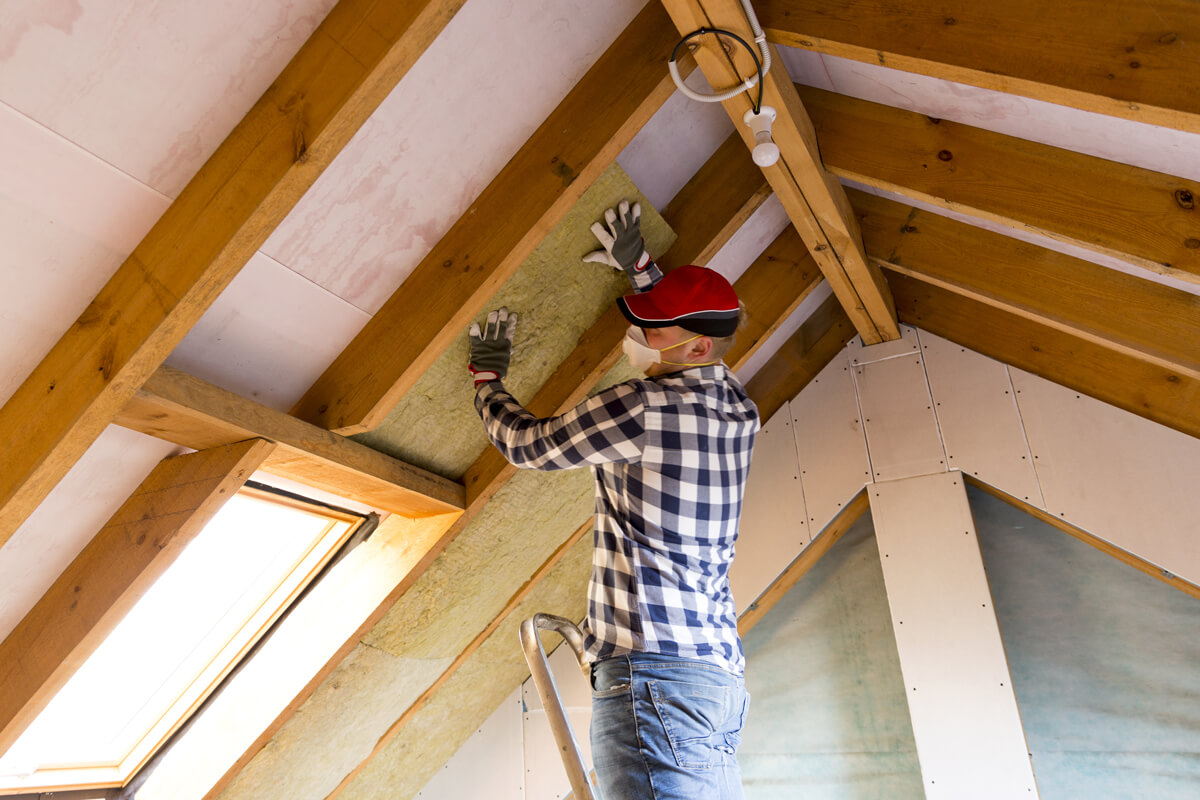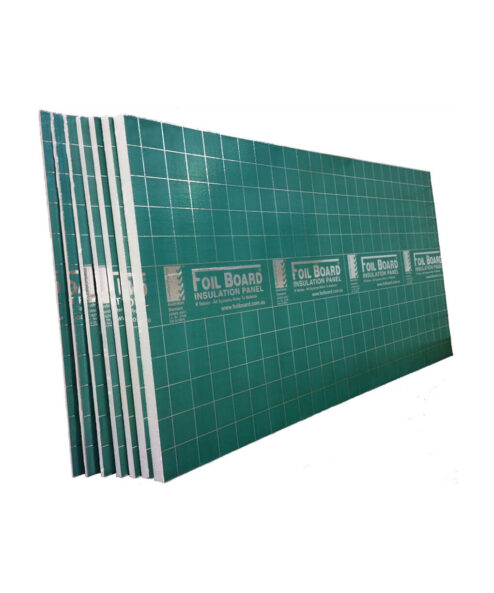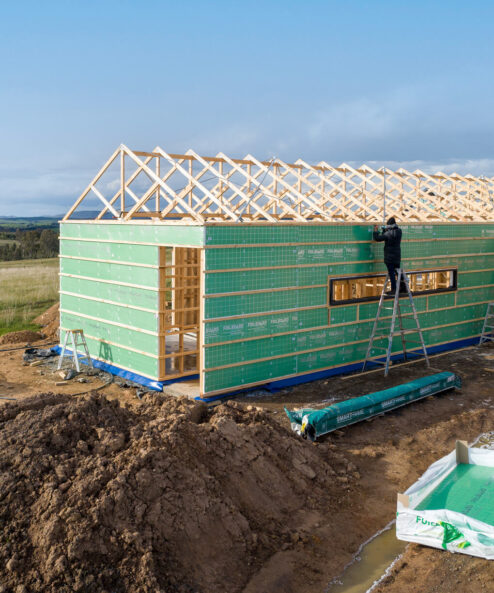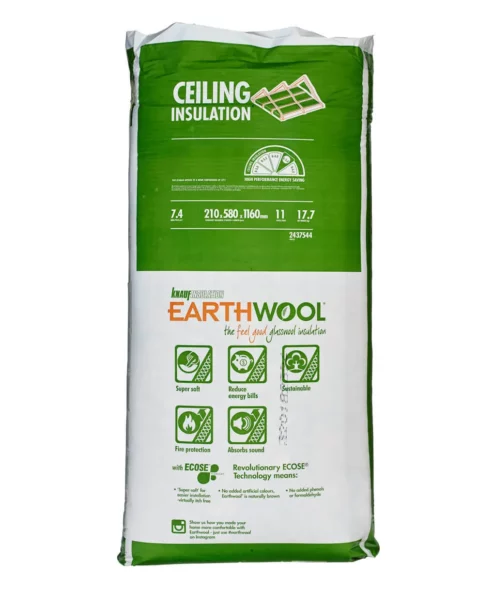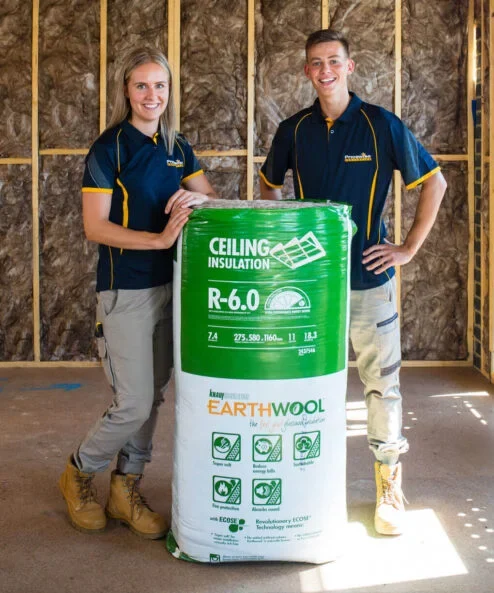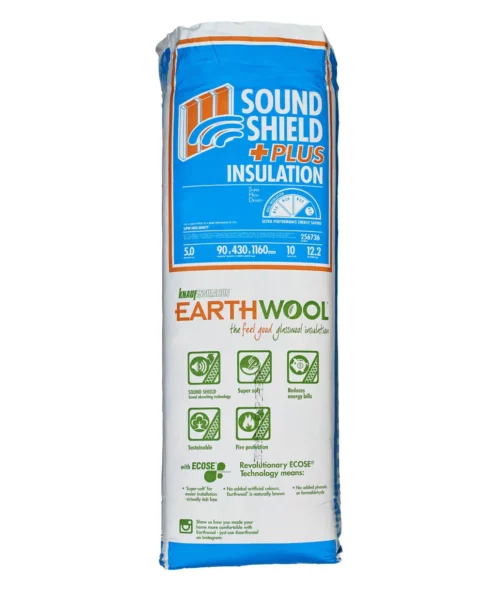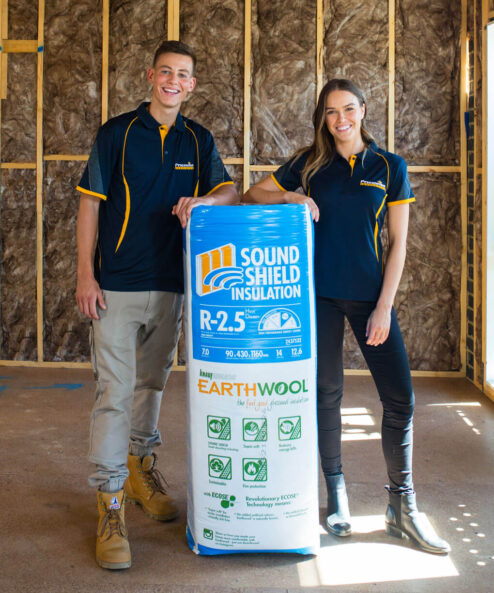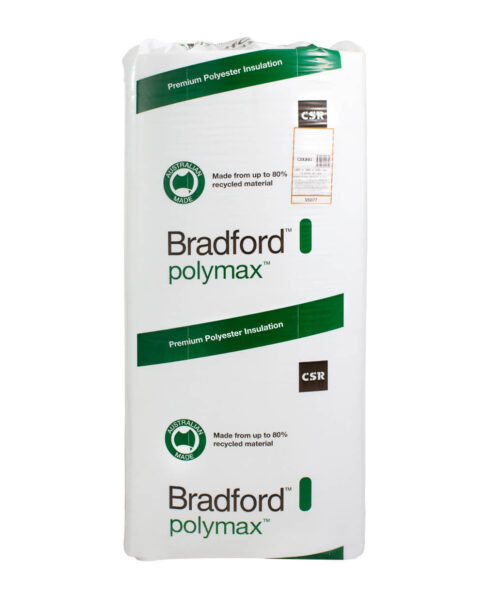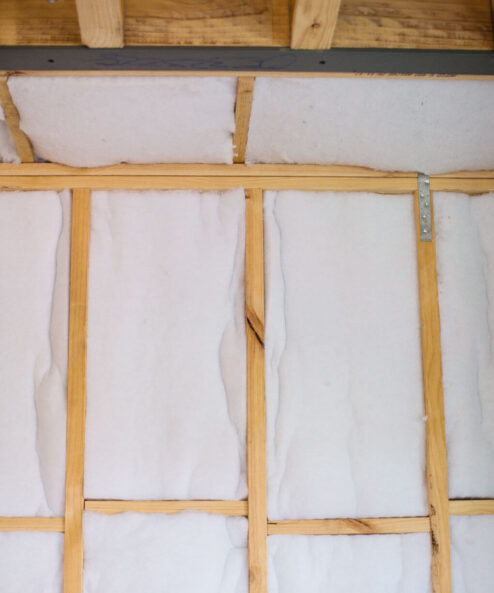Insulation Tips
Are Insulation Fumes Toxic?
If you’re considering insulating your home, it’s important to understand the risks that come with handling insulation. While many modern insulation products are easy to handle and great for DIY projects, everyone who is going to come into contact with insulation should understand the right safety practices to protect themselves.
Is it bad to breathe in insulation?
Whether you work on construction sites or are planning to DIY your own insulation, a common concern people have is what will happen if you inhale insulation. There are two primary issues with inhaling insulation particles: lung damage and toxic chemicals.
Some insulation products are made from materials such as glasswool (aka fibreglass) which have minute breathable particles. Inhaling these can cause uncomfortable irritations in the throat, nose and mouth. More serious is the risk of respiratory illnesses due to these particles lodging in the lungs. Those with an existing condition like asthma may find it worsens overtime with regular exposure to glasswool dust.
Another issue with inhaling insulation particles is that some insulation products are manufactured with harsh chemicals that can be toxic to the human body. Fumes from these chemicals could lead to shortness of breath, coughing, headaches and even nausea.
Insulation and fire safety
Another concern many people have is whether insulation will pose a risk in the case of a fire, and if it will produce toxic smoke. It is well documented that smoke from a fire causes much more of a health and safety risk than the flames themselves. In Australia, insulation products are required to meet certain fire safety requirements, but some products are more advanced than others. Brands such as Kingspan and Knauf offer non-flammable products which will not catch fire if exposed to flames. Other brands such as James Hardie and Bradford Fireseal offer fire-proof insulation products which help prevent the spread of fire and do not produce any toxic smoke.
How to handle insulation safely
The good news is that by doing your research and practicing the correct safety procedures, you can avoid the harmful consequences of breathing insulation particles. If handling glasswool products, wear gloves and long sleeves to avoid itchiness and irritations on the arms and hands. Wear safety glasses to prevent dust particles entering your eyes, and wear a dust mask to prevent inhalation of any particles. Avoid insulating during the hottest part of the day, especially when installing in the roof. Lastly, clean up after yourself as you go to make sure there are no slipping hazards on the floor.
Also Read – A Safety-First Approach to Insulation
Choose products with less risk
If you have an existing respiratory condition, such as asthma, or if you are concerned about inhaling insulation dust, consider choosing products with less risk. Polyester insulation, for example, has no breathable particles as it is made from recycled plastic materials. Another great option is the range of products by Kingspan. These are fibre-free and extremely efficient at resisting heat flow.
At Pricewise Insulation, we supply a large range of products from reputable manufacturers such as Kingspan to Melbourne, Sydney, Perth and beyond. If you need assistance choosing the right product for your needs, speak to one of our friendly team members today.



